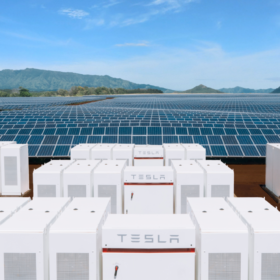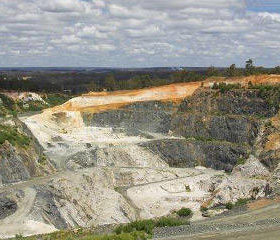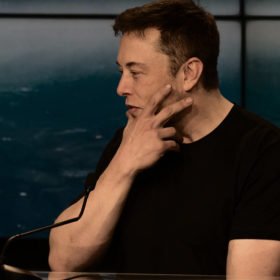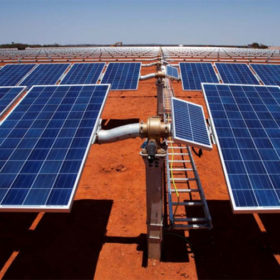Despite solar woes, Tesla recorded its first profitable Q1
Tesla finished the first quarter of 2020 with a positive GAAP net income, driven by the profitability of the Model Y. However, the story was not so bright for solar, storage or corporate governance.
Infrastructure critical to energy transition, says CEFC report
The Clean Energy Finance Corporation along with its partners has released an Issues Paper on the halting state of Australia’s infrastructural development. The paper highlights the nation’s short-sighted infrastructural projects and their weight upon the energy transition.
Northern Territory approves its first lithium mine
The Finniss Lithium Project will be the first-ever lithium mine to be built outside of Western Australia.
Monash researchers make lithium extraction breakthrough
Monash University-led researchers have made a discovery that will dramatically reduce lithium-from-brine extraction times and accelerate our energy future. The breakthrough, innovative and ingenious, is as simple and as complex as a sieve.
Smooth sailing, Volkswagen launches electric Kombi
Volkswagen Commercial Vehicles has unveiled the e-Bulli, a concept blend of the classic 1966 Bulli Kombi with 2020 electric vehicle driving.
Covid-19: IHS Markit expects demand for private and commercial storage to fall significantly
A slump in demand would weigh more heavily on the storage industry than a temporary production shutdown and IHS Markit analysts say that is where the risk lies, rather than with a temporary shortage of battery cells. A similar prediction has been made for the PV market.
Panasonic suspends work at Tesla’s Nevada fab as carmaker’s California and New York gigafactories pause
Tesla’s Nevada operation is still open for business, though. The EV and battery maker has assured the market its cash position is strong enough to weather an “extended period of uncertainty”.
Analyst expects recovery for PV and storage supply chains
U.S.-owned analyst Wood Mackenzie expects solar demand to decline but predicts the market will recover, with the prospects for the energy transition remaining intact.
NSW Government upscales solar PV deployment and drives EVs towards 2030
NSW has reduced its greenhouse gas emissions by 18% from 2005 levels, but mitigation has stabilised. This weekend, NSW Energy and Environment Minister Matthew Kean released the state plan for accelerating emissions reduction to 35% by 2030. It seeks to bring existing and new initiatives; Commonwealth and State funding; the Federal focus on technology and the undeniable benefits of solar and wind generation under a single umbrella.
ACT virtual power plant trial to help optimize DER network integration
An ARENA-backed trial run by ACT network operator Evoenergy in partnership with French power electronics specialist Schneider Electric and Melbourne-based energy tech company GreenSync will research and test the effect that the integration of distributed energy resources is having on Canberra’s increasingly decentralized energy grid.















